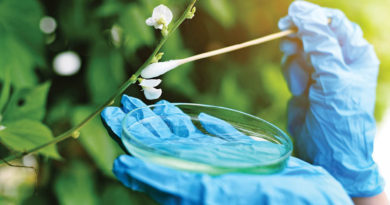COP15 Reaches Historic Agreement At UN Nature Summit In Montreal
With climate experts saying the world needs to take urgent environmental action, all eyes have been on COP15 in Montreal, Canada, over the last couple of weeks. On Monday, the United Nations nature summit wrapped up after several rounds of tense negotiations between governments, delegates, and various groups. But did the conference deliver, and is there hope for the planet moving forward? Here’s a quick rundown.
Deal Or No Deal?
We have a global deal to protect the ecosystems that support the world economy and prevent further loss of plant and animal life.
The agreement doesn’t come without controversy. African states took objection to the proposed deal because it doesn’t create a new fund for biodiversity, separate from the existing UN fund.
Those objections were ultimately ignored, and the Chinese president declared the deal done.
What exactly does the agreement include? Let’s take a look at some of the crucial points.
30-by-30
The most critical part of the deal is a promise to protect 30% of land and 30% of water by 2030, giving Nature and species facing extinction a giant leap toward survival.
Over the next ten years, this agreement strives to restore 30% of degraded land and water, up from an original promise of 20%.
We will also protect the rights of Indigenous peoples and share medicine made with plants equally amongst the world’s population.
Money, Money, Money
Delegates agree US$200 billion will be spent annually on conservation efforts.
Where will the money come from? Both public and private sources, but wealthy countries are on the hook for $20 billion annually by 2025 and at least $30 billion per year by 2030.
As for subsidies that deplete biodiversity, countries must identify the culprits by 2025 and eliminate or reform them immediately.
And when it comes to private businesses, large companies and financial institutions must be more transparent about how they, their supply chains, and portfolios operate. This will encourage sustainable production and help people make smarter purchasing and investment choices.
Pollution And Pesticides
What about nasty pollution and pesticide use in conventional agriculture?
Initial targets were set to reduce pesticide use by two-thirds, but now the goal is to reduce the risks associated with pesticides and toxic chemicals by at least half.
The agreement strives to encourage the use of other forms of pest management as well.
So Now What?
Countries must create national action plans to monitor progress as we move forward. Unfortunately, there is no deadline for making these action plans, and critics say this will likely pose a problem.
Ultimately, it’s up to individuals, communities, environmental and conservation groups, and governments to start making and executing a plan to protect Nature.




